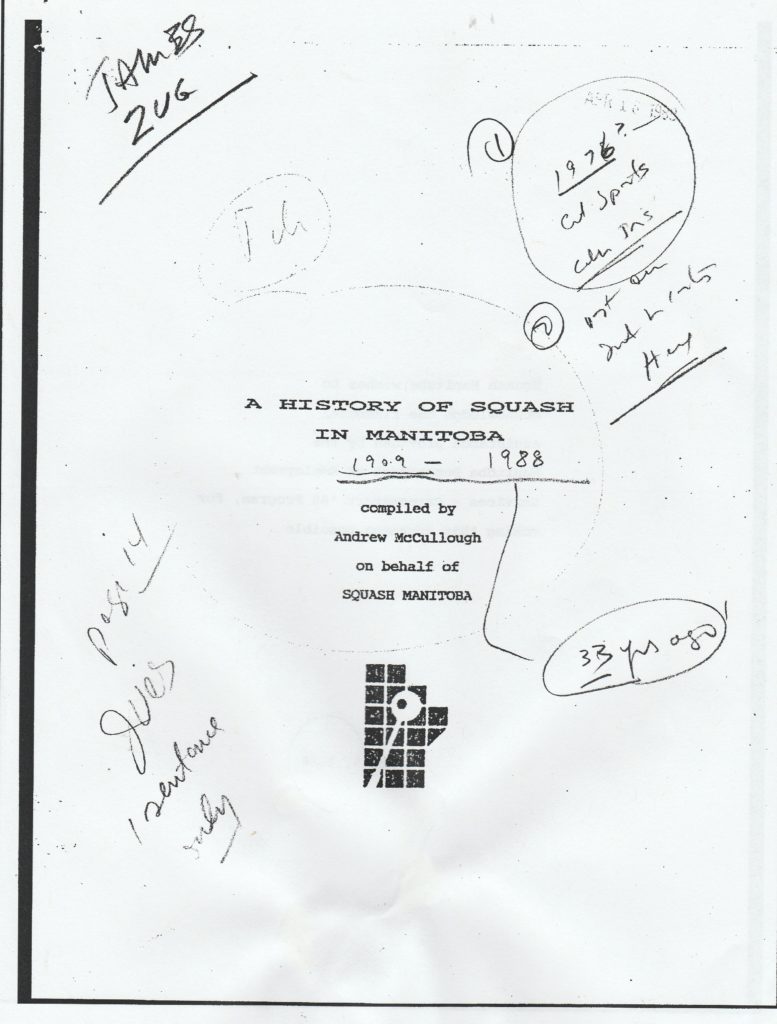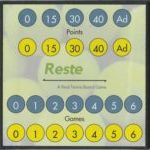Formerly and in the future in Squash Magazine, this is an annual survey of deaths, retirements and new facilities or additions/conversions. With the pandemic, this is a two-year survey for the 2020 and 2021 calendar years.
Deaths
Marwan Mahmoud Abdelnaby died in August 2020 at age twenty-four. The Egyptian had starred at Penn and was getting a masters at Boston University.
Bill Broadbent died in September 2021 at the age of seventy. Broadbent was one of the most visionary philathropists in US Squash history, guiding and supporting squash at the junior, high school, collegiate, urban and national level.
Enzo Corigliano died in December 2020 at age twenty-three. A New Caledonian, Corigliano reached world No.136 and was a leader on the St. Lawrence varsity team.
Azam Kham, the last of the first generation of the Khan dynasty, died in March 2020 at the age of ninety-five from Covid-19. Having first played at age twenty-six, Khan won four British Opens and one U.S. Open. He coached at the New Grampians Club in London for a half century.
HRH Philip, the Duke of Edinburgh died in April 2021 died at the age of ninety-nine. An active squash player, he was playing squash at Buckingham Palace when Prince Charles was born in 1948. Prince Philip was the patron of England Squash and the Jesters Club.
Malcolm Willstrop died in May 2021 at age eighty-three. The legendary coach had mentored thousands of players, including former world No.1s like Cassie Jackman, Lee Beachill, Vanessa Atkinson and his son James.
Retirements
Annie Au retired in March 2020 at age thirty-one. Famously wielding a superb lob, Au reached world No.6 and won seventeen PSA titles.
Leo Au retired in June 2020 at age thirty. He reached world No.20 and won eleven PSA titles. The Au siblings, from Hong Kong, both captured Asian Games gold medals.
Sam Cornet retired in April 2020 at age twenty-nine. The Canadian captured thirteen PSA titles and reached world No.23. She earned a silver medal in singles at the 2011 Pan Am Games.
Ryan Cuskelly retired in January 2020 at age thirty-two. The southpaw won sixteen PSA titles, reached world No.12. and helped Australia finish third in the 2017 World Teams.
Raneem El Welily retired in June 2020 at age thirty-one. The Egyptian spent twenty-three months atop the world rankings and nine years in the Top Ten. One of the smoothest and craftiest players in history, she won the World Juniors twice and the World Championships in 2017, played on four World Team-winning sides and captured twenty-four PSA titles. She made history in September 2015 by becoming the first Arab woman to become world No.1 in any sport when she dethroned Nicol David after David’s unprecedented nine-year run atop the world rankings.
Gregory Gaultier retired in October 2021 at age thirty-eight. The Frenchman spent twenty months total as world No.1, including a stint as the oldest world No.1 ever at age thirty-five. He won forty-four PSA titles, including the 2015 World Championship in Seattle, an emotional moment after he had lost in the finals of the Worlds four previous times. Gaultier, famous for his off-court workout regimen, led France to two silvers in the World Teams and took a gold at the 2013 World Games.
Campbell Grayson retired in September 2020 at age thirty-four. The New Zealander won fourteen PSA titles and reached world No.24.
Victoria Lust retired in March 2020 at age thirty. The Englishwoman reached world No.12 and won nine PSA titles.
Cameron Pilley retired in December 2019 (after the last Milestones) at age thirty-seven. The Australian won thirteen titles, reached world No.11 and captured three gold medals at the Commonwealth Games.
Simon Rosner retired in December 2020 retired at age thirty-three. The German reached world No.3 and won nine titles, most famously the 2018 Tournament of Champions. He took eleven straight German national titles and a gold medal at the 2017 World Games.
Alison Waters retired in December 2021 at age thirty-seven. The Englishwoman reached world No.3, won ten PSA titles, made a record ten British national singles finals, winning four times and famously clinched England’s victory in the finals of the 2014 World Teams.
New Courts
Access Youth Academy, San Diego, CA: seven singles, one doubles
Dartmouth College, Hanover, NH: nine singles
Dexter Southfield, Brookline, MA: six singles
Federal Reserve, Richmon, VA: two singles
Houston Squash Club, Houston, TX: ten singles
Kinetic Indoor Racquet Club, Boynton Beach, FL: four singles
Montgomery Bell Academy, Nashville, TN: three singles
MSquash Sono, Norwalk, CT: six singles
Naval Academy, Annapolis, MD: one singles, one doubles
Nicol Squash, New York, NY: four singles
Racquet Up, Detroit, MI: eight singles
Arlen Specter US Squash Center, Philadelphia: eighteen singles, two doubles


